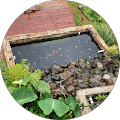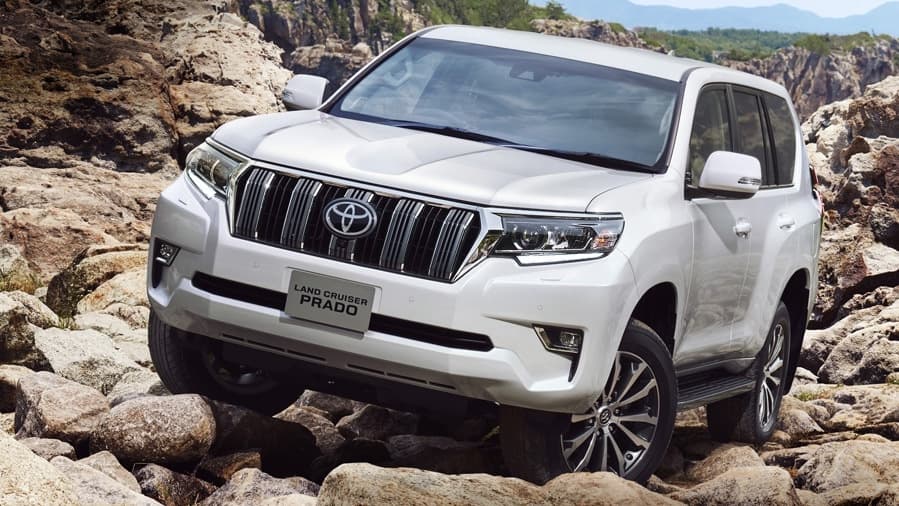Waikato, Bay of Plenty & Taranaki
We provide our car dismantling and removal services across the Waikato, Bay of Plenty and Taranaki regions. We also sell parts and ship nationwide. No matter your need, our team is here to help. Get in touch now.
Any Condition
We buy all makes and model in running or not-running condition. No matter what the condition, we will buy it.On Time
As per your scheduled date and time, our team will be there on time. We value both yours and our time.Superb Service
Our experienced professionals will guide you through the process and will answer all of your questions.
Atlas Auto is a leading car wreckers Hamilton, car breakers, dismantlers & auto parts company in Hamilton. We provide fast, friendly and professional auto wrecking service throughout New Zealand. We buy wrecked cars, SUVs, 4WDs, vans, trucks, buses or RVs – Any Make – Any Model – Any Condition.

Atlas Auto is one of the leading cash for cars Hamilton service providers, based in Hamilton and serving the Waikato, Bay of Plenty, and Taranaki regions of New Zealand. Our service purchases old and broken vehicles and recycles them. We provide a free car removal service for any vehicle of any size.

Atlas Auto Parts is One-Stop-Shop for auto parts for all makes/models. We are the largest quality recycled auto parts supplier in New Zealand. With the wide range of used spare parts for all types of passenger vehicles, 4×4’s and commercial vehicles.

Dahntie Lewis
in about 13 hours on Google
Pinoy Touchup
2 months ago on Google
Angela Ormz
3 months ago on Google
Eureka Himiona
3 months ago on Google
Sridhara Weerasingha
3 months ago on GoogleWe service all of the Waikato (Hamilton, Ngaruawahia, Te Kauwhata, Cambridge, Te Awamutu, Matamata, Morrinsville, Putaruru, Tokoroa, Taupo, Raglan and more), Bay of Plenty (Tauranga, Rotorua, Mount Maunganui, Katikati, Edgecumbe, Waihi Beach, and more), Taranaki region.
We sell parts that are salvaged by our dismantlers in Hamilton from vehicles we purchase. Our stock has almost every make and model that runs on New Zealand roads. To name a few, we can source parts for Toyota, Honda, Mazda, Mitsubishi, BMW, Mercedes-Benz, Subaru, Suzuki, and more.
We also ship parts nationwide.

Author: Aron – Car Enthusiast & Vehicle Diagnostic Technician
Bio: Aron is a part-time vehicle diagnostic technician with years of hands-on experience in New Zealand’s automotive industry. When he’s not under the hood, he travels across NZ buying and assessing used cars, giving him unique insider knowledge of how car wreckers and cash-for-cars companies operate. His passion for cars and industry expertise help Kiwis make smarter choices when selling unwanted or damaged vehicles.

Automobiles have been around for well over a century now and the industry’s growth is showing no signs of slowing down.
In the early days we had petrol and diesel cars, and now, due to the effects of global warming, there is a fresh influx of hybrid and electric vehicles in the market.
In short, there are so many different types of vehicles nowadays that it is difficult for the layman, or a non-car enthusiast, to distinguish between them.
If you are one of those people, you’ve landed at the perfect spot. In this article, we’ll go in length about the differences between petrol, diesel, hybrid, and electric vehicles. We will also discuss their pros and cons, while mentioning their desirability in the market.
So, without further ado, let’s get right into it!
Read More
The windshield, mirrors, and other glasses on a motor vehicle not only protect you from dirt, dust and debris, but they allow you to see outside and safely drive your car.
In other words, car glasses are extremely important. So, what do you do when one or more of them get damaged?
You get the glass changed of course! But when you start your research, plenty of options pop up. Do you go with the OEM new glass, the brand-new aftermarket one, or look for used glass? You have to choose the best one, based on your budget and car’s condition.
Keep reading, as we decide the best automotive glass you should install in your vehicle.
When you begin your research to buy glass you have two major options: OEM and Aftermarket.
If you have ever bought parts for your vehicle, you would know that genuine parts are called ‘OEM’. On the other hand, auto parts that are made by other manufacturers for your particular car are called aftermarket. So, which one is best? Should you buy cheaper aftermarket parts or spend money on more expensive OEM parts?
Well, any mechanic or car enthusiast will tell you that OEM is the best option by far. We figured you would want to know why that is the case, so here are a few reasons to buy OEM glass rather than aftermarket.
Car manufacturers build motor vehicles in a way that they are compliant with certain safety standards.
OEM windshields and mirrors are built to comply with those standards, but you can’t say the same about aftermarket parts.
The internet is full of complaints by aftermarket part users who complain that the windshields, mirrors and glasses they buy from a secondary manufacturer are not the right size, not built to be sturdy, and often low-quality.
A big problem with after market windshields and mirrors is that they are not always built to the exact measurements of your vehicle.
They can sometimes fit perfectly but other times there could be gaps which are hard to fill. In such cases, your car won’t be properly sealed from the elements outside and you would experience a lot of trouble with rain, dust and wind seeping inside the cabin.
With OEM parts, this is not an issue, because unlike aftermarket components, OEM ones fit your car perfectly and there is never a margin for error post-installation.
Modern cars have several functionalities built into them that allow the driver to drive in comfort. We are talking about the windshield sensors, pedestrian sensors, collision assist sensors that are found on a car’s windshield.
Unfortunately, these sensors and cameras can be missing if you install a new aftermarket windshield. That’s one reason you can find them for cheap.
OEM windshields and mirrors, on the other hand, have all the cameras and sensors that are compatible with your vehicle. Plus, they are all functional and allow you to be as comfortable driving as before.
Since aftermarket parts lack the proper features and functionality that an OEM part provides, they become the number one reason for a drop in the value of a car.
Most buyers see aftermarket components as a disability in your vehicle, so it is always a good idea to trust OEM parts, even if they are used.
Car wreckers in NZ sell high-quality used OEM windshields, mirrors, and glasses for all kinds of vehicles so you can contact them right away and get your fix. This way, you won’t see a drop in your car’s value and will even save money by buying less-expensive OEM components.
Many enthusiasts say that it is better to buy a used auto glass than spending money on a new one. After all, aftermarket is out of the option, so you only have OEM on the table and from that you can either buy new or used. So, which one should you choose?
We’ll make things easier for you by giving you the pros and cons of each:
We have all heard of the concept of reduce, reuse, and recycle.
Well, the same idea applies with used car parts and how they help conserve natural resources. The practice allows manufacturers to build less replacement parts, making it easier on the environment.
New parts are extremely expensive, but they are genuine, which is why most people buy them. However, with used parts, you get the best of both worlds.
Not only are used components genuine and high-quality but they are less expensive than new ones. In some cases, even cheaper than aftermarket ones.
People who have rare, limited-edition, or old cars can find it hard to get glasses for their vehicle. That’s especially true if the particular vehicle is discontinued. So, what do you do? You visit a car wrecker to get high-quality parts for your vehicle.
It is often very easy to DIY any repairs or replacements if you are replacing an older part with an identical new one. You only have to follow the steps in reverse to do the job.
Although there are several advantages to buying used car glass, there are some disadvantages as well. Here are a few for you to consider.
It’s common knowledge that installing a used part or an aftermarket one can void the warranty of your vehicle. So, consult your manufacturer’s policy before taking any step.
There’s never a guarantee that the used part you install in your car was taken off properly from the previous car. Although car wreckers are careful with extractions, there is still a chance that things could have gone wrong. But worry not, since at Xpress Auto Parts we do our best to keep things in their best condition.
It’s possible that your insurance service provider does not cover used parts as a replacement. This means you might have to pay the costs in their entirety, if you intend to take this route.
Always double check with your insurance about the cover cost it may impact.
While buying used glass is definitely an advantage, you cannot deny the benefits or drawbacks new auto glass brings. Let’s explore them here.
Here are the advantages of buying new car glass:
Fresh and brand-new parts have no faults, they are easy to buy online, and are available no matter where you are in NZ.
It’s possible that the new part comes with a warranty of its own, which is a big plus.
You can also upgrade your insurance policy to include the newly changed part.
There are not many cons of buying new car glass, but they must still be considered:
No matter what you do, buying new car glass will cost you more than the used option.
You might not be well-equipped to install new glass, which is an instant drawback.
Read More